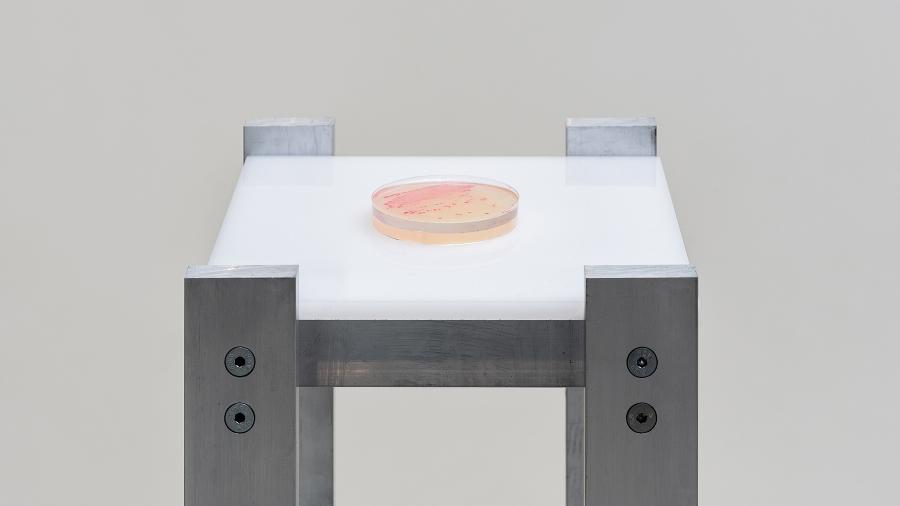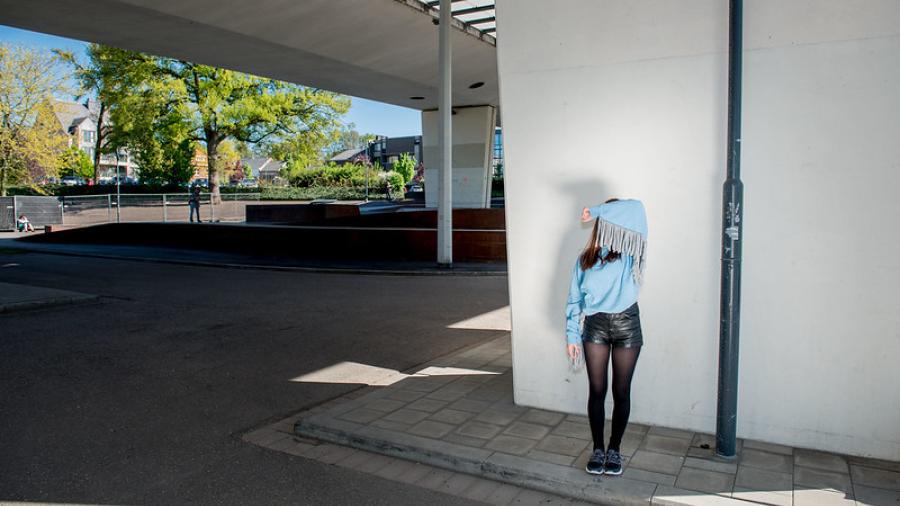
LUCA School of Arts - campus Lemmens
Lemmensberg 3
3000 Leuven
Concert hall
LUCA Philharmonic: Debussy - Stravinksy - Brahms
Ivan Meylemans, conductor

Programme:
- Claude Debussy: Prélude à l’après-midi d’un faune
- Igor Stravinsky: Pulcinella Suite
- Johannes Brahms: Symphonie nr. 4
The symphonic poem Prélude à l'après-midi d'un faune (1912) by Claude Debussy (1862-1918) is undeniably one of the highlights of musical impressionism. Based on Stéphane Mallarmé's text of the same name, the work depicts how a forest god spends the afternoon musing and dreaming in the hot afternoon sun. Although the term "symphonic poem" suggests otherwise, Debussy does not adhere to the text, but rather creates an atmospheric image, where the dreamy character of the music can be fully appreciated. Apt in this respect is the way the work begins: the soaring melody of a solitary flute immediately sets the tone.
The Pulcinella Suite (1965) by Igor Stravinsky (1882-1971) is a revision of the ballet Pulcinella that Stravinsky composed in 1920 and based on music by Italian composer Giovanni Pergolesi. Pulcinella is one of the original character characters from the Italian Commedia dell' Arte and takes on the role of comic servant. Pulcinella, both female and male, is best known for the black mask and white costume. Derived from the Italian word 'pulcino' (little chick), Pulcinella mainly symbolises fantasy, mystery and contradiction. The orchestral suite consists of eight movements or transcriptions of baroque arias: Sinfonia - Serenata - Scherzino/Allegretto/Andantino - Tarantelle - Toccata - Gavotta - Vivo - Menuetto/Finaleurcinella. She is neo-classical. Its main characteristic - and atypical of Stravinsky - is its small scoring.
Symphony No. 4 (1885) by Johannes Brahms (1833-1897) is one of the leading works in the composer's oeuvre and immediately in the entire Romantic repertoire. The work consists of four movements: Allegro non troppo, Andante moderato, Allegro giocoso and Allegro energico e passionato. The first movement, carried mainly by the strings, shows pure simplicity and charm. The theme of the second movement is applied by the wood section and is of unprecedented serenity and integrity. The third is energetic and lively, but the fourth and final movement in particular is legendary. Brahms based the elaboration of this allegro entirely on an eight-measure, diatonic rising passacaglia theme from a cantata by Bach. The fourth symphony also immediately became the last symphony written by Brahms.
Buy your tickets below.
Free for staff and students of LUCA/KSO









